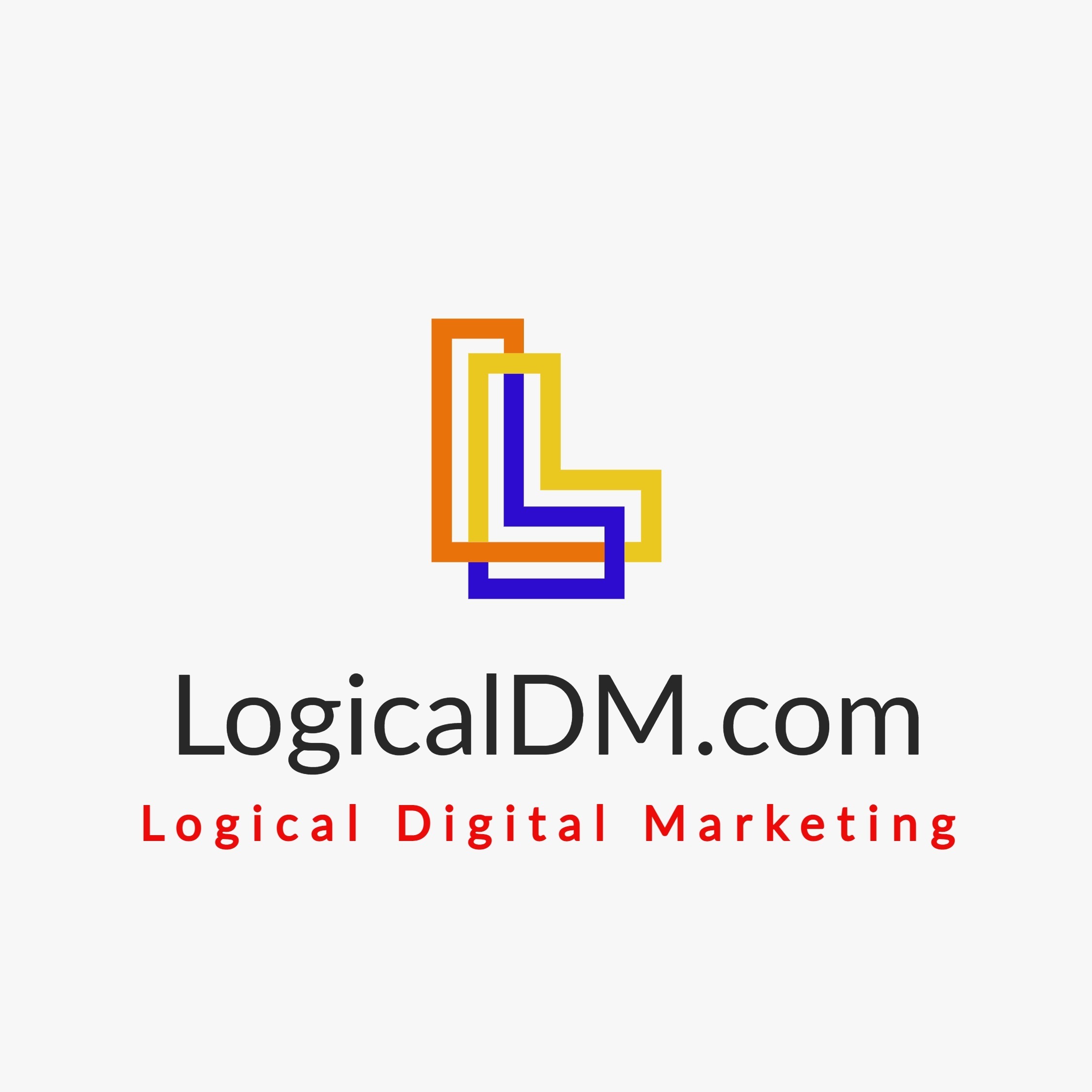
In the dynamic world of digital marketing, the ability to persuade potential customers to take action is crucial. One highly effective method to achieve this is through the use of sales letter funnels. These funnels can transform curious visitors into loyal customers by guiding them through a well-structured path that highlights the benefits of your product or service.
This article will explore what sales letter funnels are, how they are created, and what they can accomplish for your business. Additionally, we'll provide actionable steps to help you create a successful sales letter funnel.

What is a Sales Letter Funnel?
A sales letter funnel is a strategic marketing tool that uses a series of targeted messages to convert prospects into paying customers. It combines the persuasive power of a traditional sales letter with the efficiency of an automated funnel. The core components of a sales letter funnel include:
1. Lead Magnet: An enticing offer that captures the interest of potential customers.
2. Landing Page: A dedicated page where the lead magnet is offered.
3. Sales Letter: A compelling message that outlines the benefits of your product or service and encourages the reader to make a purchase.
4. Call to Action (CTA): A clear directive that prompts the reader to take the next step, such as making a purchase or signing up for a newsletter.
5. Follow-Up Sequence: A series of emails or messages that continue to engage and persuade the prospect.
How to Create a Sales Letter Funnel
Creating an effective sales letter funnel involves careful planning and execution. Here are the key steps:
Step 1: Identify Your Target Audience
Understanding your target audience is the foundation of any successful marketing strategy. Identify their pain points, needs, and desires. This knowledge will help you tailor your message to resonate with them.
Step 2: Craft a Compelling Lead Magnet
A lead magnet is like a valuable gift that you offer to your audience as a way to collect their contact information. It could be an eBook, a free trial, a discount coupon, or a webinar. Ensure that your lead magnet is relevant and valuable to your target audience.

Step 3: Design an Engaging Landing Page
The landing page is where you present your lead magnet. It should be visually appealing, easy to navigate, and focused on a single goal: getting visitors to take action. Use clear headlines, persuasive copy, and compelling visuals. Include a simple form for visitors to provide their contact information.
Step 4: Write a Persuasive Sales Letter
The sales letter is the heart of your funnel. It should follow a logical structure and include the following elements:
1. Headline: Grab attention with a compelling headline that addresses a major pain point or offers a powerful benefit.
2. Introduction: Engage the reader with a relatable story or problem.
3. Body: Highlight the features and benefits of your product or service. Use testimonials, case studies, and social proof to build credibility.
4. Offer: Present a clear, irresistible offer.
5. Call to Action: Encourage the reader to take immediate action with a strong CTA.
6. Guarantee: Reduce risk by offering a money-back guarantee or other assurances.
Step 5: Develop a Follow-Up Sequence
The follow-up sequence keeps your prospects engaged and nurtures them towards making a purchase. Use a series of automated emails to provide additional value, address objections, and remind them of your offer. Ensure each email is personalized and maintains a consistent tone.
Step 6: Test and Optimize
Monitor the performance of your sales letter funnel and make data-driven adjustments. Use A/B testing to experiment with different headlines, offers, and CTAs. Analyze metrics such as conversion rates, click-through rates, and bounce rates to identify areas for improvement.

What a Sales Letter Funnel Can Accomplish
When executed effectively, a sales letter funnel can significantly benefit your business:
Increased Conversions
By guiding prospects through a structured journey, a sales letter funnel increases the likelihood of conversion. Each step is designed to build trust, demonstrate value, and persuade the reader to take action.
Improved Customer Insights
Analyzing the behavior of prospects within your funnel provides valuable insights into their preferences and pain points. This data can inform future marketing strategies and product development.
Enhanced Customer Relationships
A well-crafted follow-up sequence keeps your brand top-of-mind and builds a relationship with your prospects. By providing consistent value, you foster trust and loyalty, leading to repeat business and referrals.
Scalability
Sales letter funnels are highly scalable. Once set up, they can operate automatically, allowing you to reach a larger audience without additional effort. This scalability makes them an efficient tool for growing your business.

Conclusion
Want to turn window shoppers into loyal customers? A killer sales letter funnel is your secret weapon! You can convert those prospects and make some sales magic happen!
One key strategy is to truly understand the needs and pain points of your prospects. By listening attentively and offering personalized solutions, you can build trust and credibility. Utilizing persuasive communication techniques and presenting your product or service as the ideal solution can help seal the deal.
Mastering the art of persuasion through an effective sales letter funnel can transform your business by converting more prospects into loyal customers.
When you understand your audience, craft compelling messages, and continuously optimize your funnel, you can crack the code of persuasion and drive significant growth. Start by implementing the steps outlined in this article and watch your conversions soar!
Thank you for reading this blog article. We hope you found it helpful.

 Add Row
Add Row  Add
Add 



